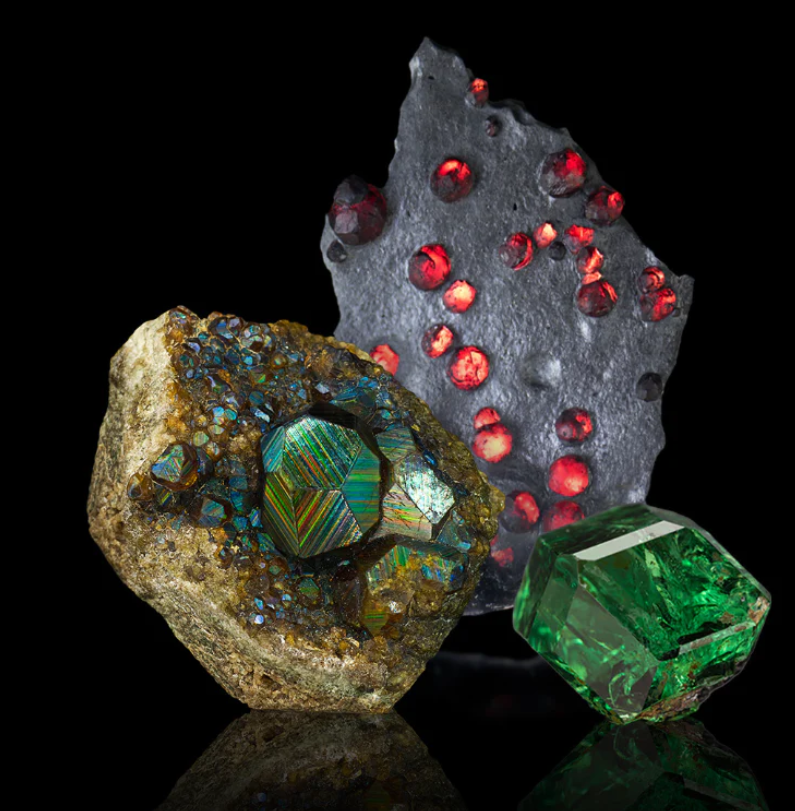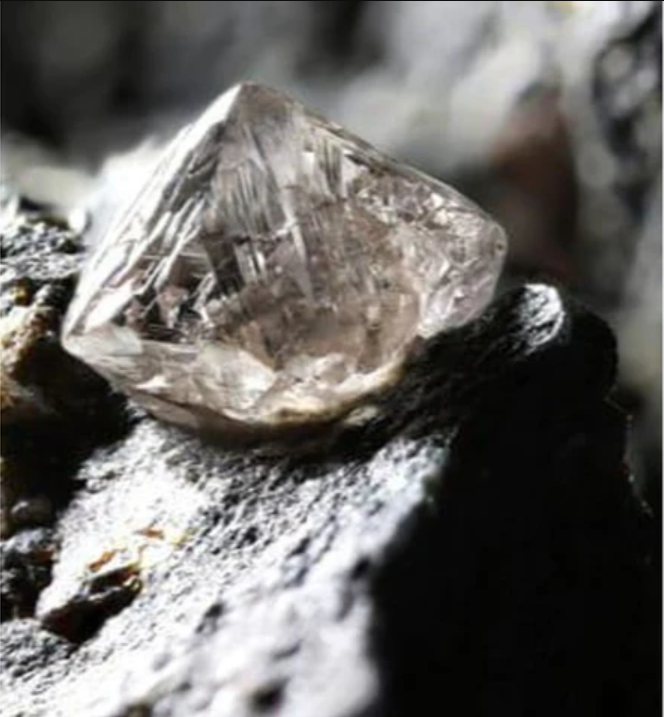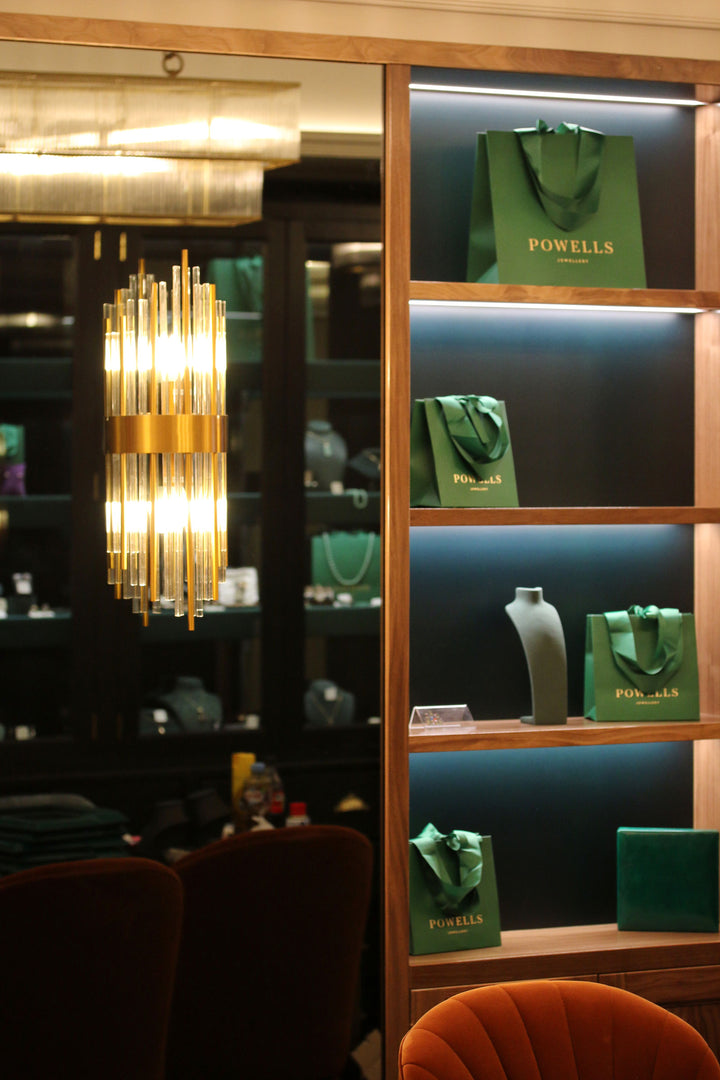The Formation of Precious Gemstones in the Earth
Happy Earth day! To celebrate we’d like to share with you the process Mother Nature endures over hundreds of millions, often billions of years, to form the exquisite gemstones we know and love.
Gemstones are natural wonders forming part of the Earth’s rock cycle, a recycling pattern caused by moving plates that form the Earth’s crust. All of Earth’s rocks and minerals are constantly being repurposed by melting, weathering, immense heat, and pressure. These natural occurrences create and bestow upon us the beautiful gemstones we see in jewellery and private collections today.
The combination of minerals, elements, pressure, temperature, time, and space enables gemstones to crystallise. Most gems are born in this way, some are slightly different such as pearls and opals.
Diamonds follow this pattern too but form much deeper, in the mantle, between 135km and 180km below the surface. There are even deeper diamonds that form at greater depths of 660km to 800km! It is quite an achievement for something so beautiful to have survived the journey to the surface, especially with the obstacles along the way.
There are many reasons why diamonds have colour, but to focus on the most popular ones you see, they can often have a hint of yellow colour, these would be graded between H and Z on the GIA colour scale. This colour is due to a very small amount of nitrogen being a trace element in the diamond, part of it’s natural growth in the Earth.
Emeralds also owe their vibrant green colour to chromium like rubies, but they have a different formation of atoms in their crystal structure which causes them to be green instead!
Amethysts are the luxurious purple variety of quartz, associated with royalty, this colour is a result of the presence of iron and natural radiation in the Earth.
Opals are certainly something to behold, these beauties form quite differently to the other gemstones mentioned before; silica rich solution fills cracks in sandstone and over millions of years, crystalises. We see a full rainbow of colour in opals, which happens because of the way light passes through microscopic gaps in the crystal structure, and we are talking nanometres here! The most desirable flash of colour being red, but we see some incredible patterns and colours in opals as you can see here.
It would follow, to be the fortunate owner of a diamond or gemstone of high quality, you are holding something incredibly rare indeed, certainly something to be cherished for years to come.




